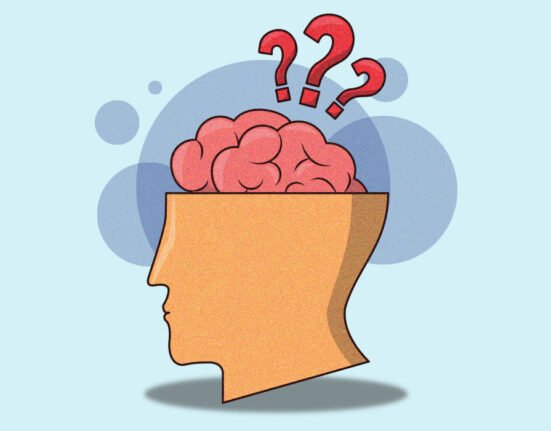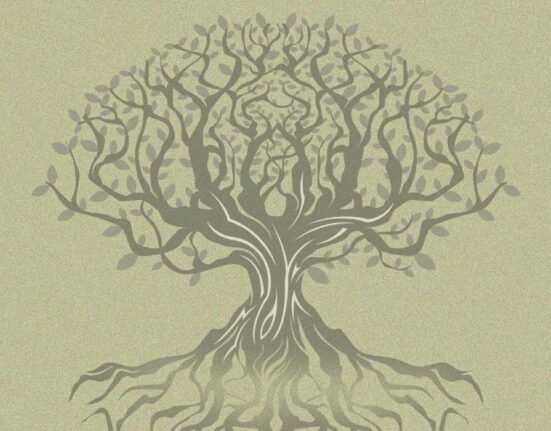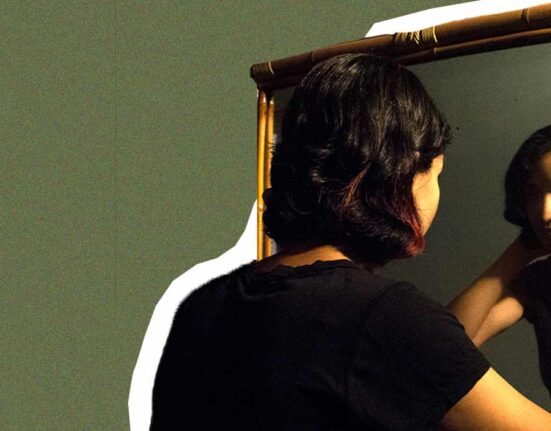Carl Jung was a Swiss psychiatrist. He founded the field of analytical psychology. His contributions are seen in many fields like psychiatry, psychology, literature, anthropology, philosophy, religious studies, and parapsychology, etc. Jung had a particular interest in the field of religious studies and parapsychology (De Oliveira Maraldi & De Fátima Fernandes, 2018).
What is the concept of Individuation?
According to Jung, individuation is a process through which an individual can fulfil their potential for what they want to become (Tech, 2023). It is a psychic process in which an individual discovers and becomes himself, makes himself indivisible, unique and monad. The goal of the person is to become aware of themselves. He discovered the concept unconsciously while painting his first mandalas (Carl Jung Resources – Individuation Process, n.d.). As per Jung’s Two Essays on Analytical Psychology, Individuation is becoming an “in-dividual” and individuality embraces the most unique and incomparable self (Jeffrey, 2019).
Archetypes:
For Jung, archetypes were the innate models of concepts that could be used to analyse a reality that was being seen. A complex is a group of memories which are associated with a particular archetype. And is also called the central archetype. These archetypes were often seen as psychological organs by Jung. Some of the archetypes identified by Jung were:
- The Self
- The Persona
- The Shadow
- The Anima
- The Animus
Stages of Individuation:
The individuation process is unique and different from person to person. Three archetypes that classify individuation correspond to three stages of psychological development. The three stages are:
Stage 1: Shadow
The shadow archetype depicts a person’s traits, which the person has ignored or denied by themselves. To create a personality, one must understand and incorporate their shadow. It is, accepting all the disowning parts of our own to build a personality (Jeffrey, 2019).
Shadow can be either positive or negative. It is important to recognise and embrace one’s good shadows as integral pieces of who one is. A person needs to work on their inadequacies, or the dark sides of themselves. When we pass on the shadows to another person, we can become aware of them and realise that we find it unacceptable in others. We try to disown those unacceptable traits which are within us. But a person needs to bring it into their life and integrate it with the persona (Tyagi, 2022).
Stage 2: Anima or Animus
Anima and Animus are the two opposite energies present in a person. The feminine component in a male’s personality is anima. Whereas the masculine component in a female’s personality is animus. These can also be said the enlivening souls present inside a man or a woman. This archetype is considered crucial for the building of psychic structures in males and females (Jeffrey, 2019). The individual carries these archetypes with the numinous quality which is then responsible for love at first sight. That is, a woman becomes fascinatingly appealing to man when the man projects his archetypal image on an unknown woman (Tyagi, 2022).
Autonomy, violence, and separateness are all seen as characteristics of men in gender-based thinking. On the other side, feminine aspects can be nurturance, empathy, and relatedness. Both are present in an individual, they are just the two halves of a whole. None of the parts is either superior or inferior to the other (Tyagi, 2022).
Stage 3: The self
An archetype of wholeness with self-transcendence is the self. Hindu philosophy emphasises the idea of the self. Self, which is distinct from ego, is described throughout the entire psyche. Ego indicates the small components of the whole (Jeffrey, 2019). The self is not only a biological aspect but is also an infinitely large number of experiences. These experiences consist of the wealth of cultural and religious realms and their depths (Tyagi, 2022).

Level of Spiritual Individuation through Typology:
Jung came up with a very detailed and flexible framework in which an individual can attempt to understand the recognized differences withing individuals and their inner development. Every person differs in physical and psychic makeup and has different perspectives of perceiving and judging the world around or within us (Tyagi, 2022).
Jung’s typology is a valuable tool to begin revitalizing the practical science of spiritual path. According to Jungian spirituality, there are three diverse levels with which the process can take place. The three diverse levels are:
Level 1:
At this level, the individual simply finds their own psychological type and how it applies to life. Also, at this level, Jung’s psychology and spirituality interact in a substantial way (Tyagi, 2022).
Level 2:
This level emerges with the help of typology. Typology is not just interpersonal, but it is also the surroundings and the intrapersonal process. At this level, we sensitize ourselves to the psychological dimensions present and should be present in spiritual life (Tyagi, 2022).
Level 3:
This level is about how the encounter will take place and how it should take place in individuals (Tyagi, 2022).
Individuation in general has a healing effect on an individual. Like the physical body, the mind develops, and we can see this development as individuation. According to the summary given Jacobi, the general guidelines include four components which are true for all ages:
- Becoming conscious of the shadow
- Becoming conscious of anima or animus
- Becoming conscious of archetypal spirit
- Becoming conscious of the self
Carl Jung’s concept of individuation is a process through which an individual discovers and becomes themselves, making them unique and monad. He identified three archetypes: The Self, The Persona, The Shadow, The Anima, and The Animus. Shadows can be positive or negative, anima and animus are two opposite energies present in a person, and the self is an archetype of wholeness with self-transcendence. Jung’s Level of Spiritual Individuation through Typology helps individuals understand their inner development. Jung’s typology is a valuable tool to revitalize the practical science of spiritual path, with three levels of exploration.













Leave feedback about this